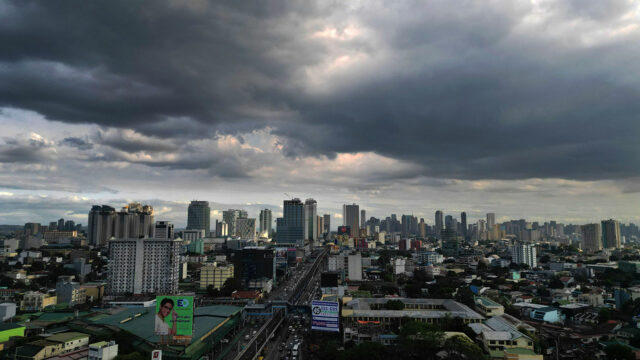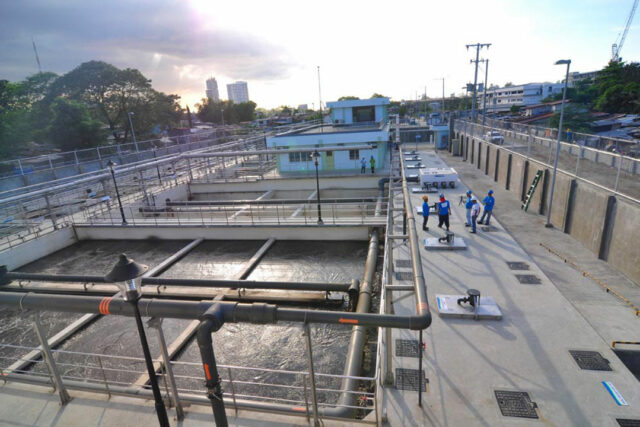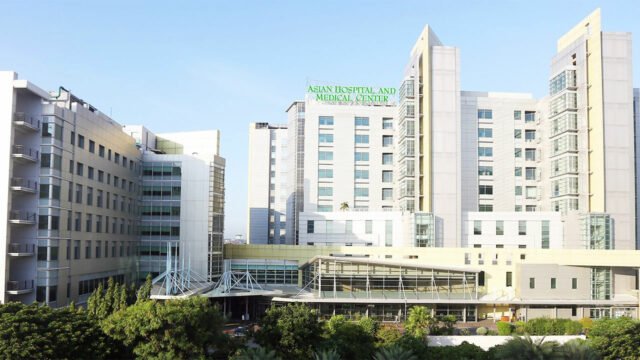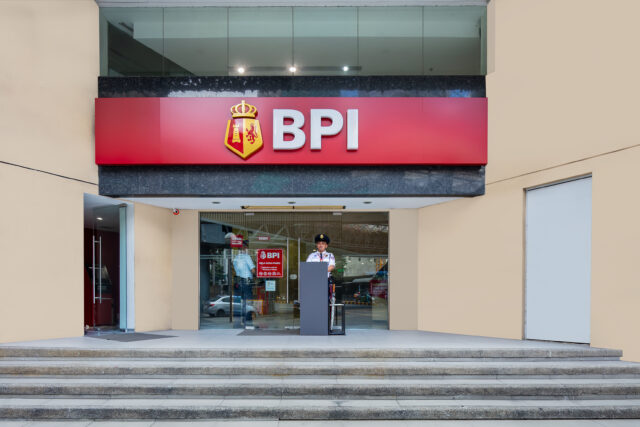Real estate lending to require closer monitoring amid rising risks — BSP
By Luisa Maria Jacinta C. Jocson, Senior Reporter
LENDING to the real estate sector will need tighter supervision amid emerging risks that could impact the financial system, a Philippine central bank report showed.
“Real estate loan (REL) exposures need closer monitoring amid evolving market conditions,” the Bangko Sentral ng Pilipinas (BSP) said in its latest financial stability report.
“The high-interest rate environment, shifting consumer preferences, remote work arrangements and recent government pronouncements banning Philippine offshore gaming operators (POGO) have implications on the sector’s loan quality.”
Latest data from the BSP showed Philippine banks and trust entities’ real estate exposure ratio rose to 19.75% as of end-December from 19.55% at end-September.
The central bank monitors lenders’ exposure to the real estate industry as part of its mandate to maintain financial stability.
Broken down, real estate loans increased by 7.9% year on year to P2.95 trillion at end-December. This as residential real estate loans climbed by an annual 9.6% to P1.1 trillion, while commercial real estate loans went up by 6.9% to P1.85 trillion.
The BSP also noted the rise in nonperforming loans in the real estate sector. Data showed the bulk or 62.5% of the NPL portfolio consists of commercial real estate.
“However, majority of the nonperforming RELs are residential RELs at 65.2% against commercial RELs at 34.8% as of September 2024,” it added.
The BSP also said that the rise in bad loans was driven by the mid- and low-cost housing segments as they account for a large share in residential loans.
“What does not show up as higher NPLs for commercial real estate are likely to be seen in the financial statements of real estate developers,” it added.
Joey Roi H. Bondoc, director and head of research at Colliers Philippines, said consumers could be struggling to pay back their loans, which is why developers are finding ways to offer more flexible payment terms.
“Based on anecdotes that we have been getting, a lot of buyers right now are scouting and looking for the most attractive payment terms or incentives, especially in the ready-for-occupancy (RFO) market,” he said in a phone call.
Mr. Bondoc said there is a “pretty substantial” number of unsold RFO units in the market, especially in the mid-income segment, which covers nearly 60% of unsold RFO units.
“Essentially, six out of 10 unsold RFO (units) are from the mid-income segment, which is heavily dependent on bank mortgages,” he added.
He noted some developers are extending downpayment terms among other measures to make financing more accessible.
“Banks should also be more cautious moving forward because the ready-for-occupancy (RFO) promos are getting sweeter, they’re getting extended, but you don’t want to see the market falling into that trap again,” Mr. Bondoc said.
The BSP noted the oversupply in the property market, especially in the condominium segment. It noted it would take 34 months for the current condominium supply to be sold.
“Despite recovery in prices, vacancies remain elevated amid the increase in residential real estate supply,” the central bank said.
The rise in new units is outpacing net take-ups in the secondary market, it added.
“It will be very interesting this first quarter because we’re seeing tepid launches. Developers are almost not launching new projects at this point,” Mr. Bondoc said.
OTHER RISKS
Meanwhile, the BSP also flagged other risks to the real estate sector.
“A potential risk is the buildup of in-house financing as reflected in the installment contract receivables of real estate developers. These contribute to revenues but also expose developers to credit risk.”
“Past due and impaired receivables remain elevated including in real estate developers exposed to POGOs,” it added.
While property developers are seeking ways to provide more enticing payment terms, Mr. Bondoc noted it is unlikely that there will be significant price reductions.
However, he noted that once the central bank continues cutting interest rates, this would result in lower mortgage rates.
“Probably that’s when we might start seeing low interest rates having a positive impact, kicking in and resulting in lower mortgage rates. Therefore, perhaps chipping in to greater take-up in the pre-selling sector.”
Housing prices rose by 6.7% year on year in the fourth quarter, according to the latest Residential Real Estate Price Index. This was a turnaround from the 2.3% decline in the previous quarter.
The Monetary Board cut the key rate by a total of 75 basis points last year.
While the central bank delivered a pause at its first meeting in 2025, BSP Governor Eli M. Remolona, Jr. has said it is still on an easing trajectory and has signaled further rate cuts this year.
Apart from lower interest rates, real estate loan demand could also be impacted by remittance flows, Mr. Bondoc said.
“I think that will be crucial because data from the central bank would also show that more remittance-receiving households are in fact allocating money for real estate requirements,” he said.
The BSP’s latest Consumer Expectations Survey also showed that 5% of households plan to buy or acquire real property in the next 12 months, up from 4.8% a year ago.















